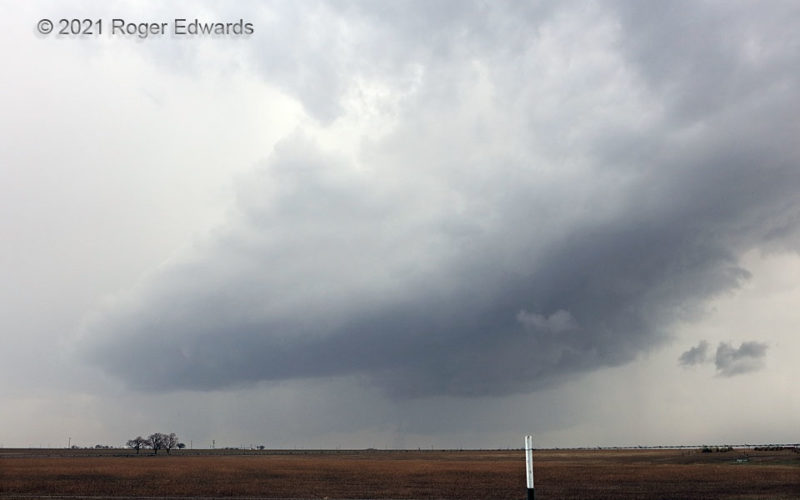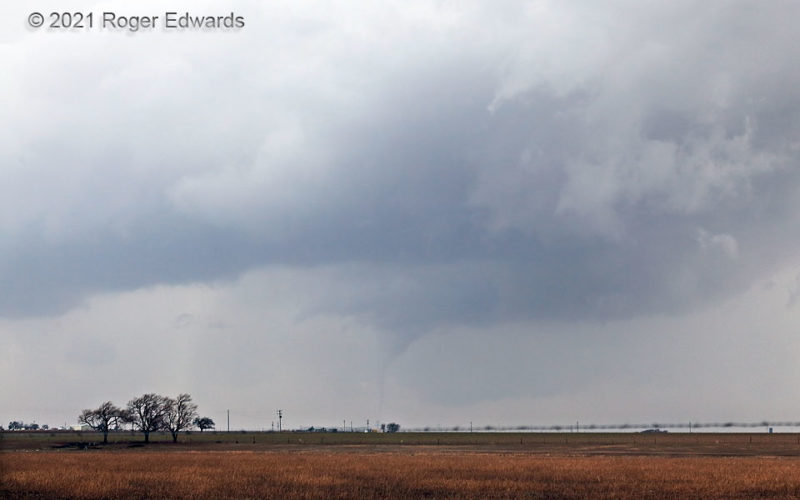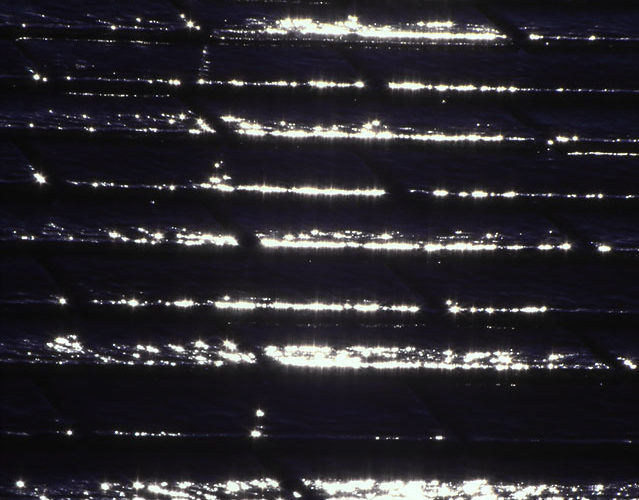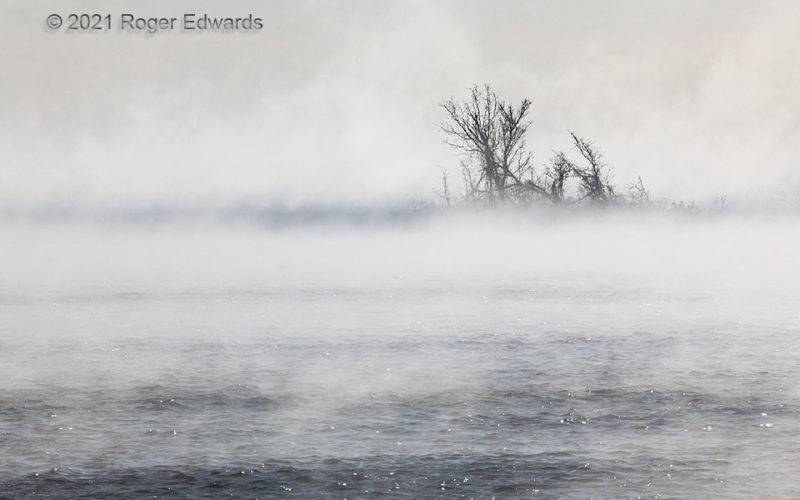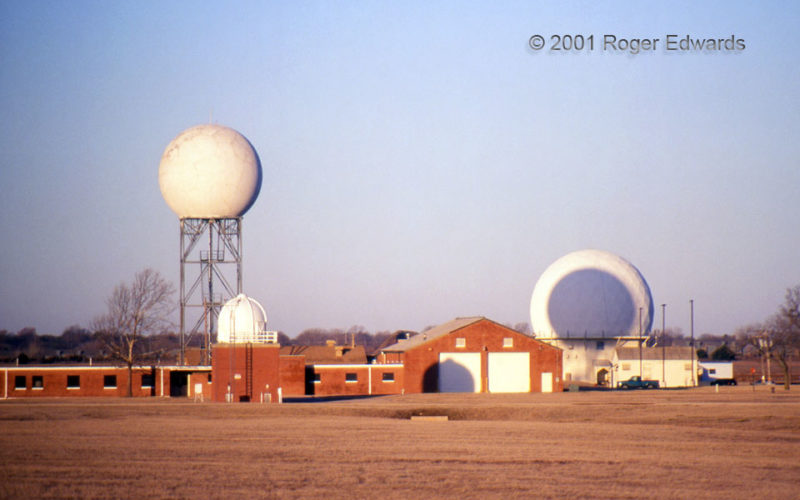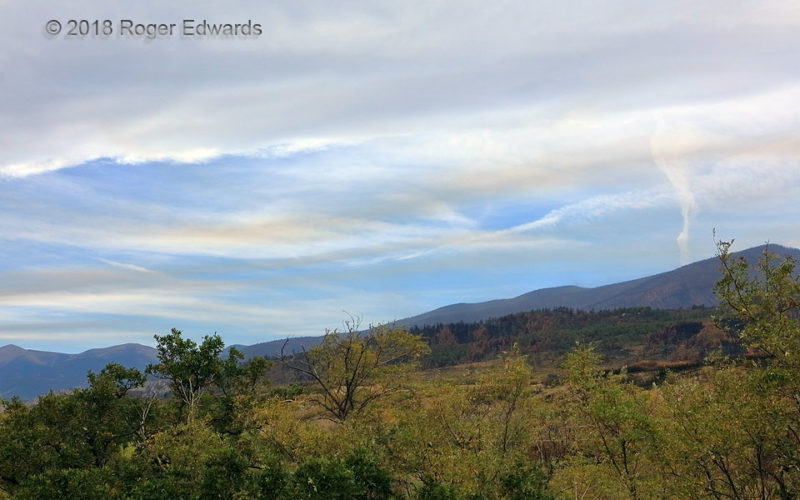I was covered in mud and tired from trying furiously to dig my vehicle from a muddy-ditch predicament, so when I interrupted that arduous chore to shoot a few photos of this passing small supercell and its tornado, my heart wasn't in it. Still, I'm glad to have bothered, because after the fact, this really was a remarkable circumstance, with a nicely structured storm. It's also a story … [Read more...]
Hart Wasn’t In It
Every year, unique moments in storm observing present themselves, but this was on a different level. As the clear slot cut around the mesocyclone of this small but tornadic supercell, and it emerged from even murkier haze to the southwest, I could spot a narrow cone with ground contact. This was the "Hart tornado", which came close to a West Texas Mesonet station at the time the site recorded an … [Read more...]
High Ice
A thin coating of melting ice, shingles on a north-facing section of roof, and midday sunlight at just the right late-winter angle created this surreal, abstract effect. Norman OK (16 Feb 1) Looking SSW 35.2232, -97.3974 … [Read more...]
Rising through Cold Lake Fog
Waves of water and waves of fog complemented each other in texturing this wondrous scene that, from the comfort of a screen indoors, belies the bitter-cold conditions at the time. Northerly winds with air temperatures in the single digits (F) quickly condensed cloud material—some of it convective, as can be seen in the background—upon passing across much-warmer water. The uptake of both moisture … [Read more...]
Solar Radar Eclipse
This photo cannot be shot again, by anyone. Before its demolition in 2002, the old NSSL Doppler building (right) delighted a few Norman-area photographers up to twice each winter (if no obscuring clouds) with its fortuitously annular positioning around the shadow cast by the NEXRAD test radome at left. The smaller domed structure below and in front of the NEXRAD tower was the balloon inflation … [Read more...]
Smoke over the Sangres
A fine fall morning in the Sangre de Cristo foothills dawned with smoke from previous days' fires far away, trapped in low- to middle-level inversions, well below the cirrus clouds and contrails decorating the skies above. Daytime heating and mixing would deepen the boundary layer later, stripping away the stable layers and dispersing the smoke they trapped. Until then, the combination … [Read more...]
- « Previous Page
- 1
- …
- 100
- 101
- 102
- 103
- 104
- …
- 386
- Next Page »
